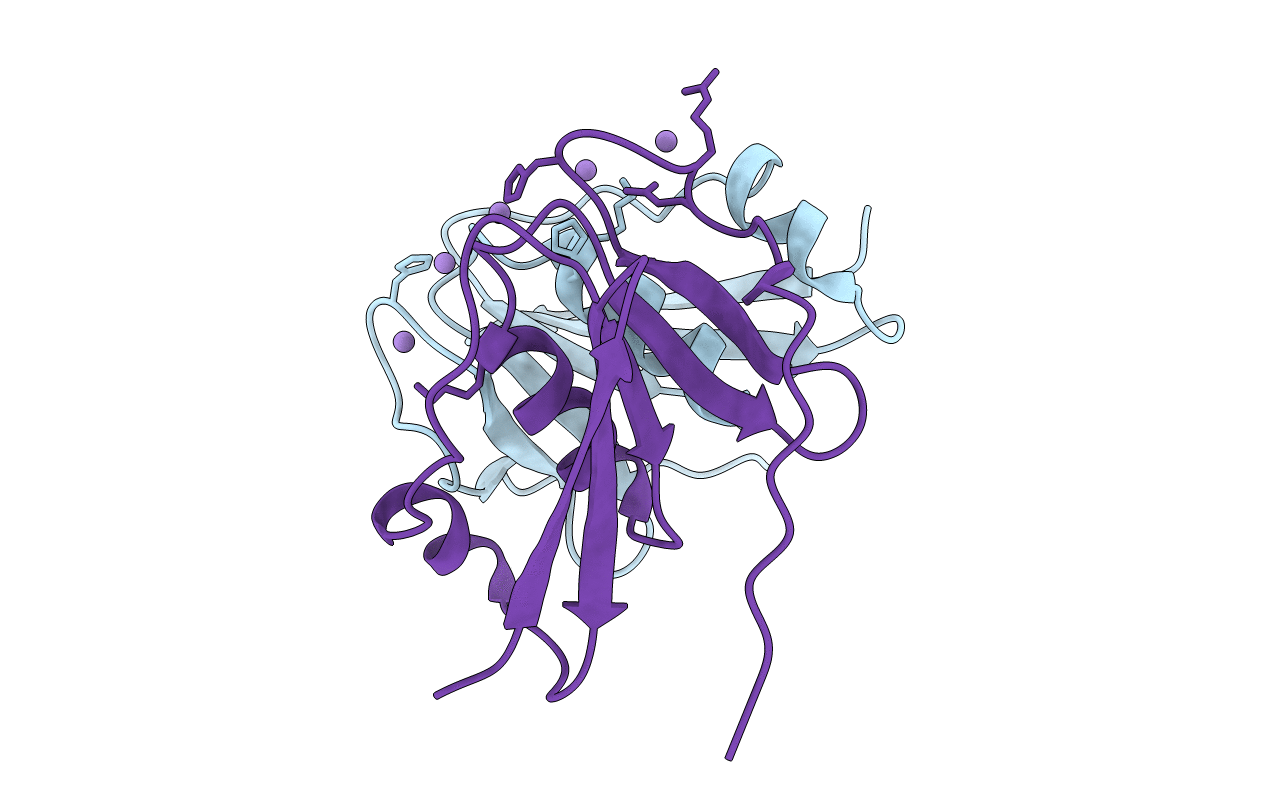
Deposition Date
2014-09-25
Release Date
2015-07-15
Last Version Date
2024-10-30
Entry Detail
Biological Source:
Source Organism:
Archaeoglobus fulgidus DSM 4304 (Taxon ID: 224325)
Host Organism:
Method Details:
Experimental Method:
Resolution:
3.31 Å
R-Value Free:
0.25
R-Value Work:
0.22
R-Value Observed:
0.22
Space Group:
P 32 2 1


